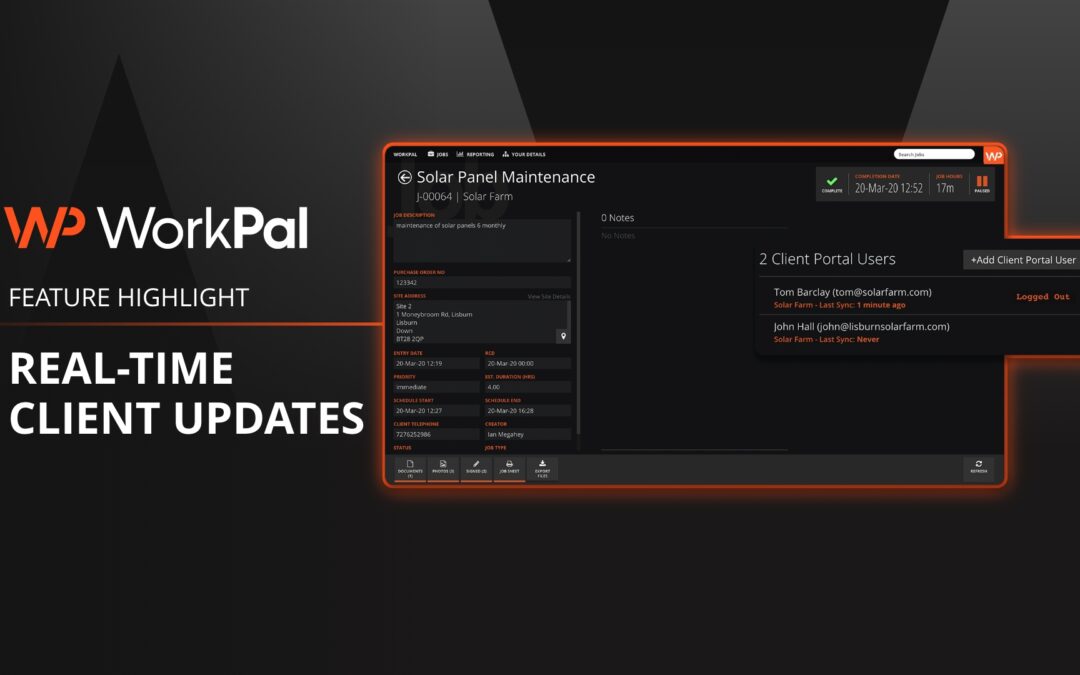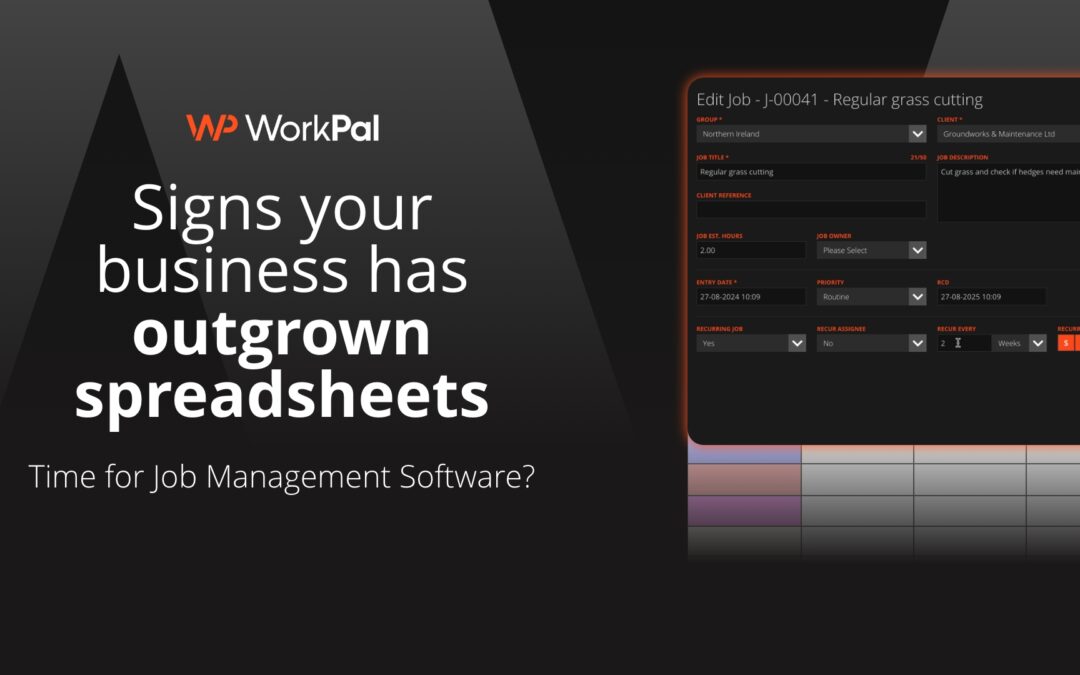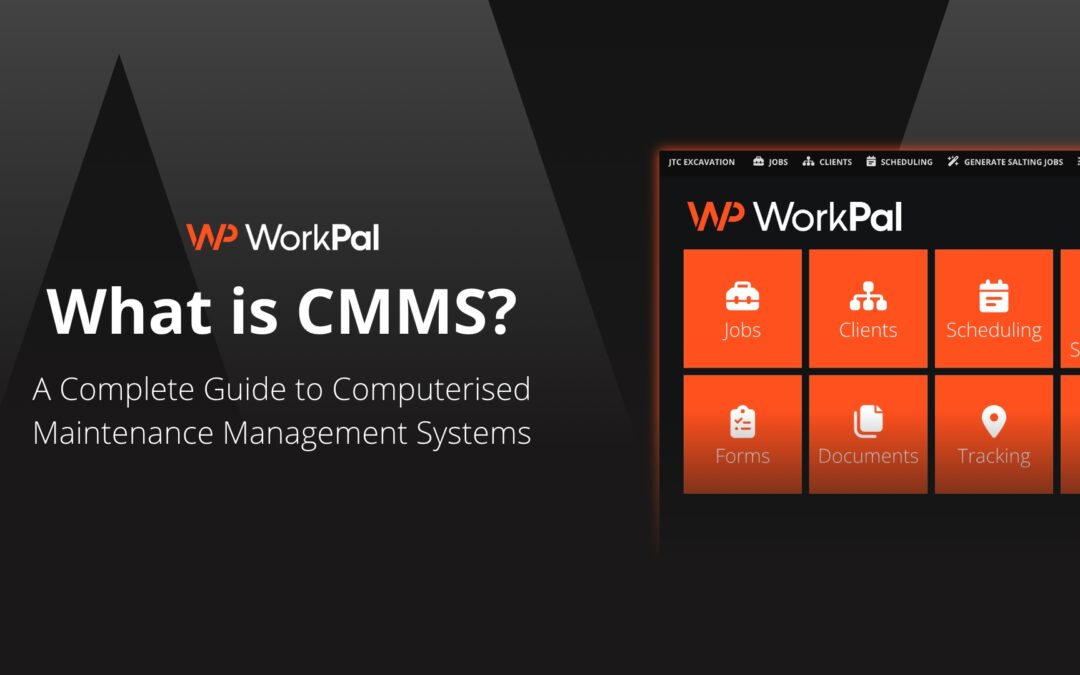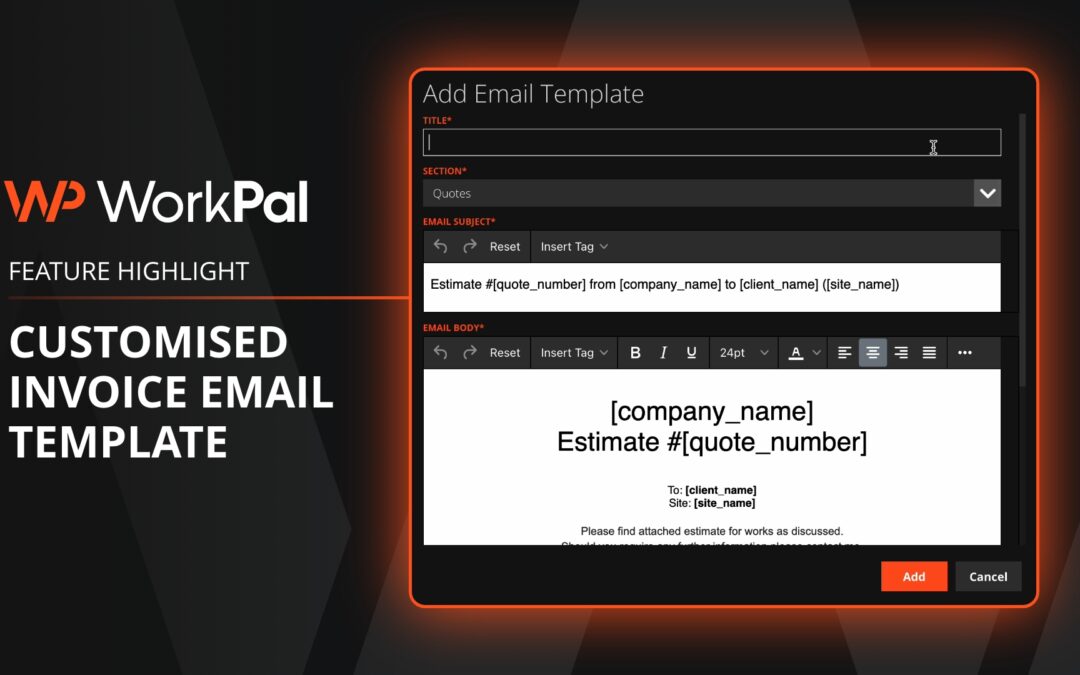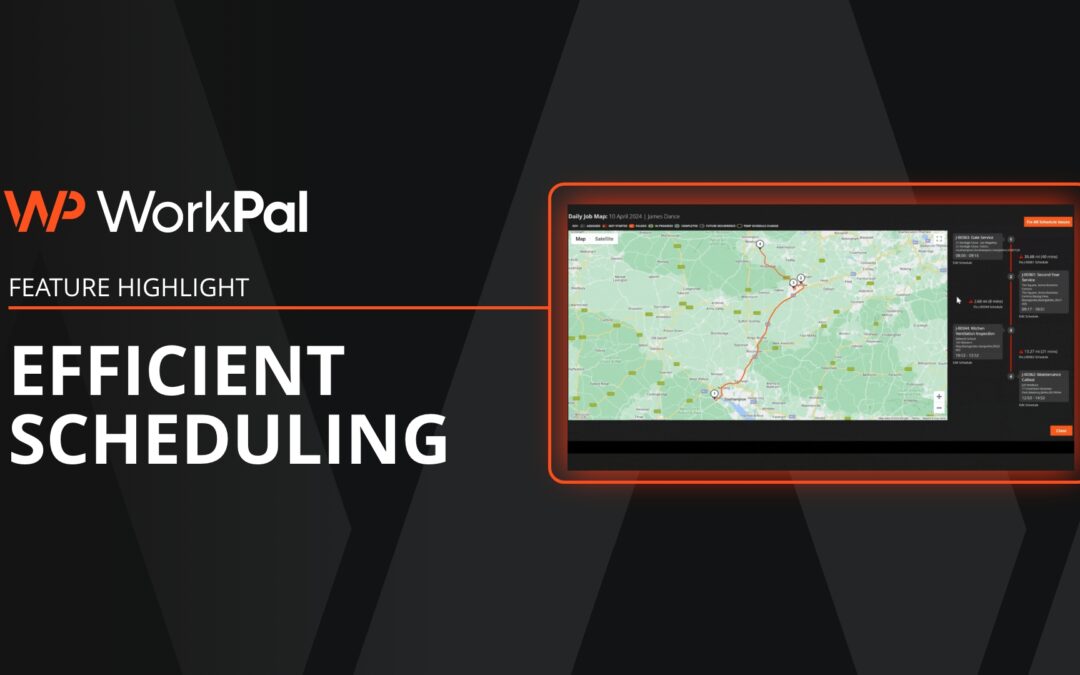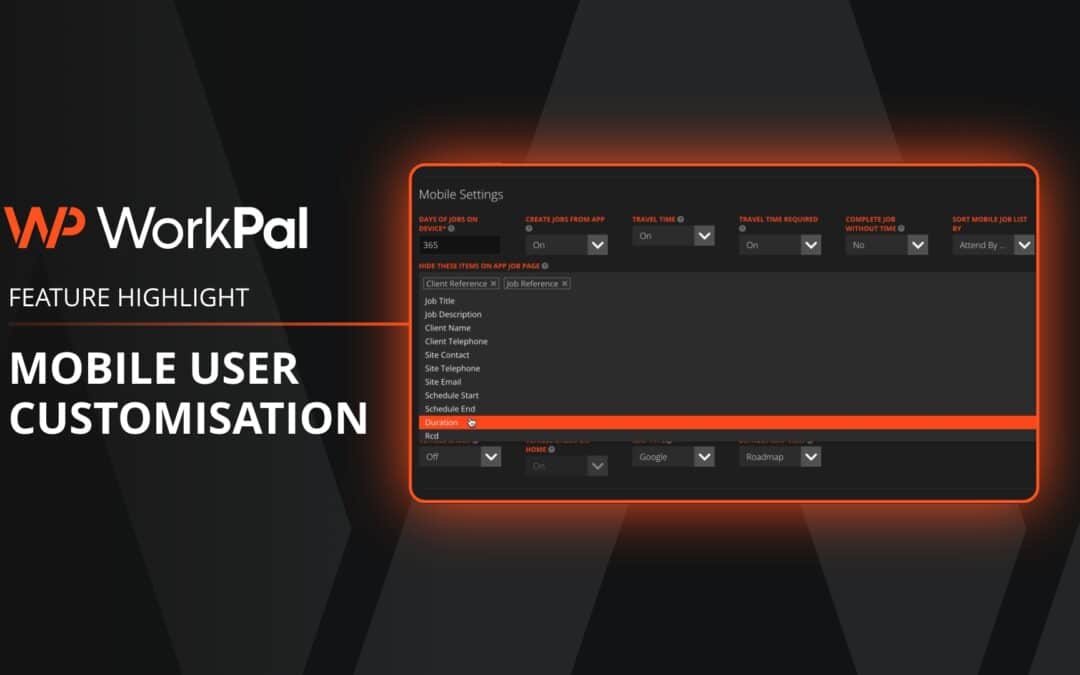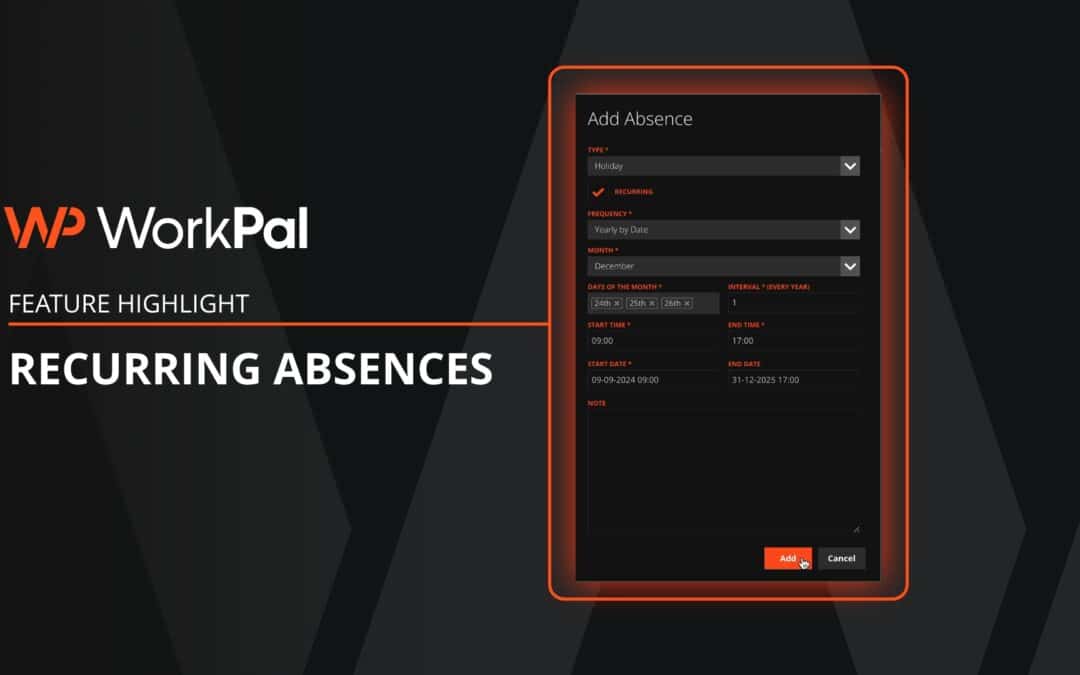Are you tired of constantly playing catch-up with your competitors in the HVAC industry? Do you feel like you’re always one step behind when it comes to dispatching technicians and managing your service calls? Well, it’s time to level the playing field and stay ahead of the competition with top-notch HVAC dispatch software. In today’s fast-paced world, efficiency and organisation are key to success, and that’s exactly what this software brings to the table. By streamlining your dispatching process, you can ensure that your technicians are always on time and equipped with the right tools for the job. With real-time updates and seamless communication between your office and field staff, you can minimise downtime, improve customer satisfaction, and ultimately, boost your bottom line. So why settle for mediocrity when you can excel with the best HVAC dispatch software on the market? Stay ahead of the competition and take your business to new heights today.

Understanding HVAC Dispatch Software
HVAC dispatch software is a powerful tool that helps HVAC companies efficiently manage and schedule their technicians for service calls. It allows you to streamline your dispatching process by automating tasks such as job assignment, technician tracking, and communication between your office and field staff. With this software, you can say goodbye to the days of manual scheduling and juggling multiple calendars.
One of the key benefits of HVAC dispatch software is its ability to provide real-time updates. This means that as soon as a new service call comes in, you can assign it to the nearest available technician and notify them instantly. This not only saves time but also ensures that your customers receive prompt service. Additionally, the software can track the location of your technicians, allowing you to provide accurate ETAs to your customers.
Another important feature of HVAC dispatch software is its ability to optimise routes. By analysing factors such as technician availability, location, and traffic conditions, you can determine the most efficient routes for your technicians to follow. This not only saves time and fuel costs but also enables your technicians to complete more jobs in a day, increasing your overall productivity.
The Importance of Efficient Dispatching in the HVAC Industry
Efficient dispatching is crucial in the HVAC industry for several reasons. First and foremost, it ensures that your technicians are where they need to be when they need to be there. In a highly competitive market, being able to respond quickly to service calls is essential for customer satisfaction and retention. With HVAC dispatch software, you can assign jobs to the nearest available technician, reducing response times and improving overall customer experience.
In addition to improving customer satisfaction, efficient dispatching also boosts productivity and profitability. By optimising routes and minimising travel time, you can increase the number of service calls your technicians can complete in a day. This not only maximises your revenue but also reduces operational costs such as fuel expenses. Furthermore, with real-time updates and seamless communication, you can minimise downtime and ensure that your technicians have all the necessary information and tools to complete each job efficiently.
Efficient dispatching also enhances your company’s reputation. When your customers receive prompt and reliable service, they are more likely to recommend your company to others. This word-of-mouth marketing can significantly contribute to your business’s growth and success. On the other hand, poor dispatching can lead to missed appointments, delayed repairs, and dissatisfied customers, which can tarnish your reputation and negatively impact your bottom line.

Key Features to Look for in HVAC Dispatch Software
When choosing HVAC dispatch software for your business, there are several key features you should consider. These features will ensure that you have a comprehensive and efficient system that meets your specific needs. Here are some key features to look for:
1. Real-time updates: The software should provide real-time updates on service calls, technician locations, and job statuses. This will enable you to make informed decisions and provide accurate information to your customers.
2. Route optimisation: The software gives you the ability to optimise routes based on factors such as technician availability, location, and traffic conditions. This will help reduce travel time and increase the number of jobs your technicians can complete in a day.
3. Mobile access: The software should have a mobile app or a mobile-friendly interface that allows technicians to access job details, customer information, and other relevant data while on the go. This will improve efficiency and enable technicians to provide better service to your customers.
4. Communication tools: The software should have built-in communication tools such as instant messaging and notifications, allowing seamless communication between your office and field staff. This will ensure that everyone is on the same page and can quickly address any issues that may arise.
5. Integration capabilities: The software should be able to integrate with your existing systems such as CRM, accounting, and inventory management software. This will streamline your operations and eliminate the need for manual data entry.
6. Reporting and analytics: The software should provide robust reporting and analytics capabilities, allowing you to track key metrics such as technician performance, customer satisfaction, and revenue. This will enable you to make data-driven decisions and identify areas for improvement.
How to Choose the Right HVAC Dispatch Software for Your Business
Choosing the right HVAC dispatch software for your business is a crucial decision that can significantly impact your operations and overall success. Here are some steps to help you make an informed decision:
Identify your needs
Start by identifying the specific needs and challenges of your business. Consider factors such as the number of technicians you have, your service area, the volume of service calls you receive, and any specific requirements unique to your industry.
Identify your needs
Conduct thorough research on different HVAC dispatch software providers. Look for providers that have a proven track record, positive customer reviews, and a comprehensive set of features that align with your needs. Create a shortlist of potential providers and compare their offerings side by side.
Consider integration & scalability
Assess the integration capabilities of the software and ensure that it can seamlessly integrate with your existing systems. Additionally, consider the scalability of the software and whether it can accommodate the growth of your business in the future.
Evaluate training and support
Look for providers that offer comprehensive training and ongoing support. This will ensure that your team is properly trained on using the software and that you have access to prompt assistance whenever needed.
Consider pricing and return on investment
Evaluate the pricing structure of the software and consider the return on investment it can deliver. While cost is an important factor, it’s essential to look beyond the price tag and consider the long-term benefits and value the software can bring to your business.
Case Studies
No Results Found
The page you requested could not be found. Try refining your search, or use the navigation above to locate the post.

